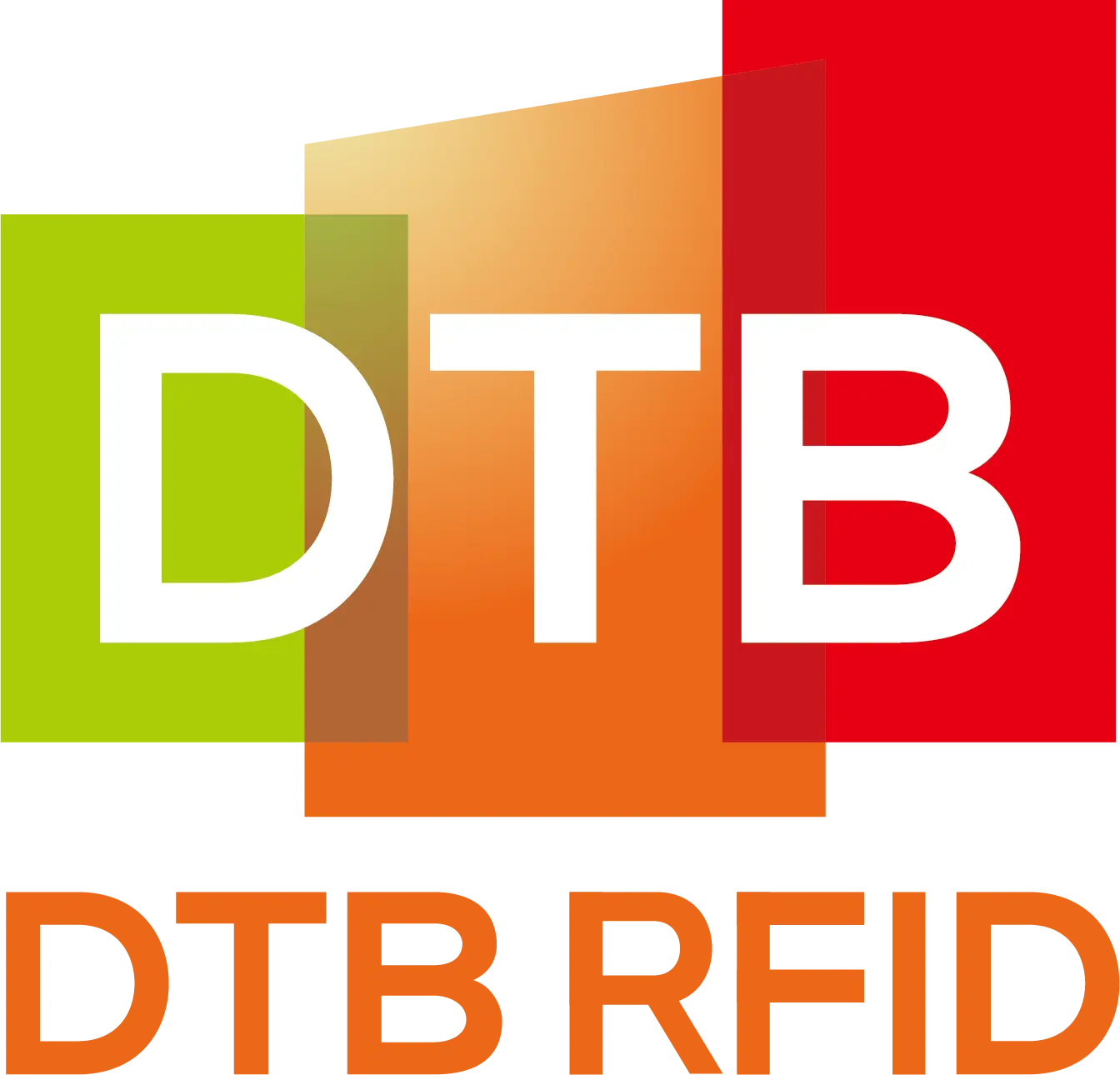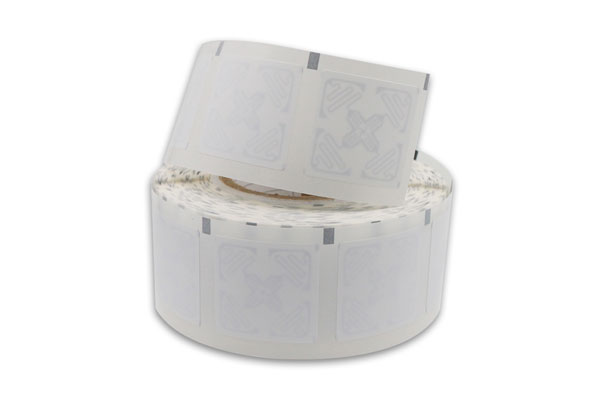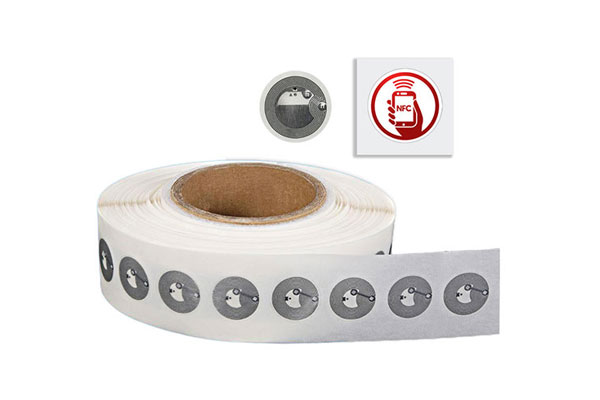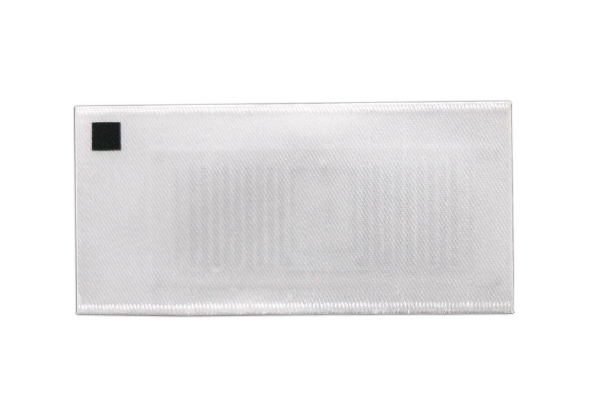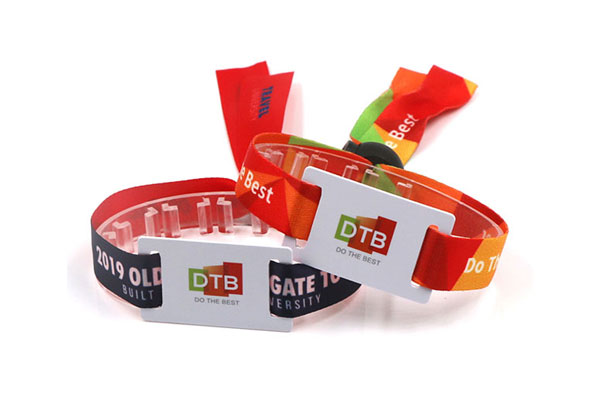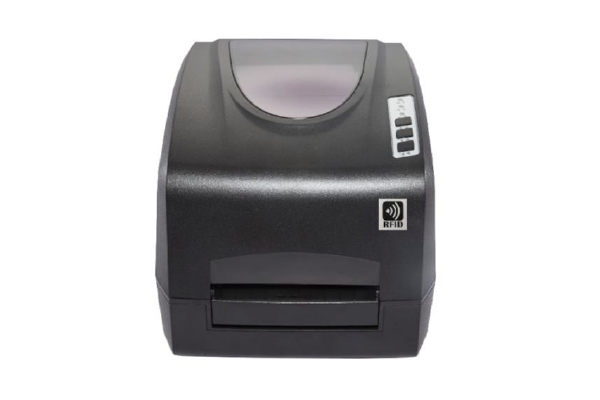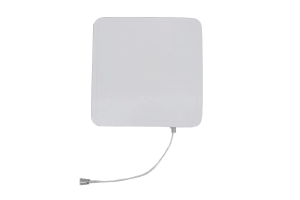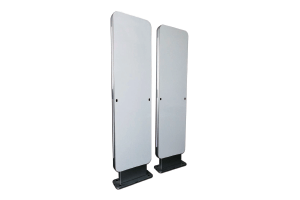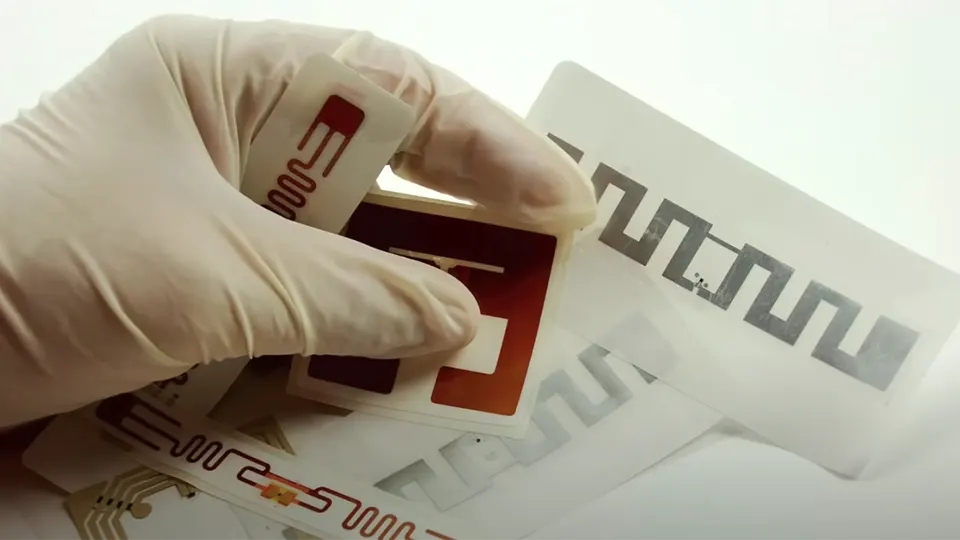Over the past two years, the global shipment volume of RAIN UHF RFID tag chips has soared from roughly 34 billion units in 2022 to an impressive 52.8 billion in 2024—a staggering 54% increase. Between 2023 and 2024 alone, shipments rose by 17%, landing at nearly 53 billion units—solid proof that RFID has exploded beyond niche use into critical infrastructure.
This explosive growth reflects widespread adoption across major sectors—from retail and logistics to healthcare, pharmaceuticals, and industrial manufacturing.
What’s Driving This Skyrocketing Growth?
Retail’s Demand for Item-Level Tagging
Retail giants now mandate item-level RFID for products like apparel, shoes, accessories, and electronics. This shift means billions of tags per season, per store—fueling massive chip production.
Adoption Beyond Retail
RFID is no longer a retail-exclusive tool. Hospitals are tagging surgical trays and patient files. Warehouses are automating pallet tracking. Automotive plants and pharma firms are embedding traceability for compliance and safety. These sectors sustain steady demand year-round.
Cost Breakthroughs & Production Scale
Tag costs have plummeted thanks to chip-design innovations and massive output. Ultra-cheap passive UHF chips now enable companies to tag individual items with zero strain on margins.
UHF Technology Dominance
Ultra-High Frequency chips (860–960 MHz) dominate shipments. Their long read range and high throughput make them ideal for fast-paced environments like docks, fulfillment centers, and smart retail shelves.
The Chip Providers Powering the Surge
Impinj leads the pack with its Monza series chips. The M800 line alone surpassed 5 billion chips shipped in 2024, accounting for nearly 10% of global volume. These chips offer fast reads, advanced Gen2X features, superior performance near metal or liquids, and enhanced tag density handling.
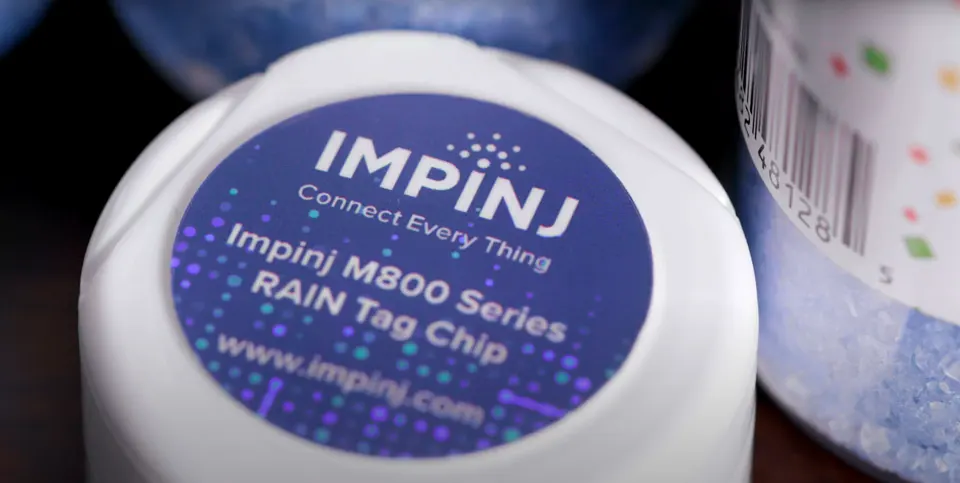
NXP Semiconductors
A major semiconductor brand, NXP’s UCODE chips are embedded with anti-cloning protection, flexible memory banks, and strong performance, making them favorites in retail and supply chain environments.
EM Microelectronic
This Swiss-based vendor produces multi-band chips (HF + UHF) often used in specialty markets—like jewelry authentication, secure ID, and governmental applications—where precision and adaptability are key.
Quanray & Fudan Microelectronics
Chinese chip manufacturers Quanray and Fudan significantly boost global volumes. They provide both cost-effective standard chips and specialty designs catering to domestic and regional needs.
Inlay Makers like Tageos
Though not chip designers, inlay producers such as Tageos embed these chips into antenna-equipped label structures. With over 10 billion inlays produced annually, they help scale chip deployments across industries.
Tag Types That Lifted Shipment Totals
Passive UHF Tags
The bulk of the 52.8 billion units shipped are passive UHF tags—battery-free, cheap, and ideal for attaching to individual items, cartons, and pallets in retail and logistics settings.
Active & Battery-Assisted Tags
These features include onboard power, GPS, temperature, shock, and tamper sensors. They support high-end tracking for cold-chain, industrial assets, and remote monitoring, though their volumes are smaller.
High-Memory/Secure Tags
Chips like Impinj’s Monza X-8K offer multi-bank memory, remote write-lock, and anti-cloning protection. They are key for pharma vials, electronics, and any use case demanding security and authentication.
Why the 54% Boom Makes Perfect Sense
Retail Mandates – With rules enforcing item-level tagging, millions of items require chips each season.
Cross-Sector Deployment – Healthcare, manufacturing, logistics, and more keep demand consistently climbing.
Inventory Replenishment Post-Supply Crunch – After the chip shortages of 2023, manufacturers replenished stocks, driving record shipments.
Economies of Scale & Tech Upgrades – Manufacturing efficiencies and chip-level improvements continue to lower costs and support higher output.
Regulatory & Sustainability Push – Enhanced labeling requirements (like those in the EU) are pushing traceability and compliance via widespread tagging.
Bottom Line
With Impinj’s M800 chips alone accounting for billions of tags, and global giants like NXP, EM, Quanray, Fudan, and enormous inlay production supporting scale, RFID is now a foundational element of supply chain and inventory operations.
Want a deeper dive into chip specs, performance benchmarks, or memory configurations? I’ve got all the data lined up—just say the word!
